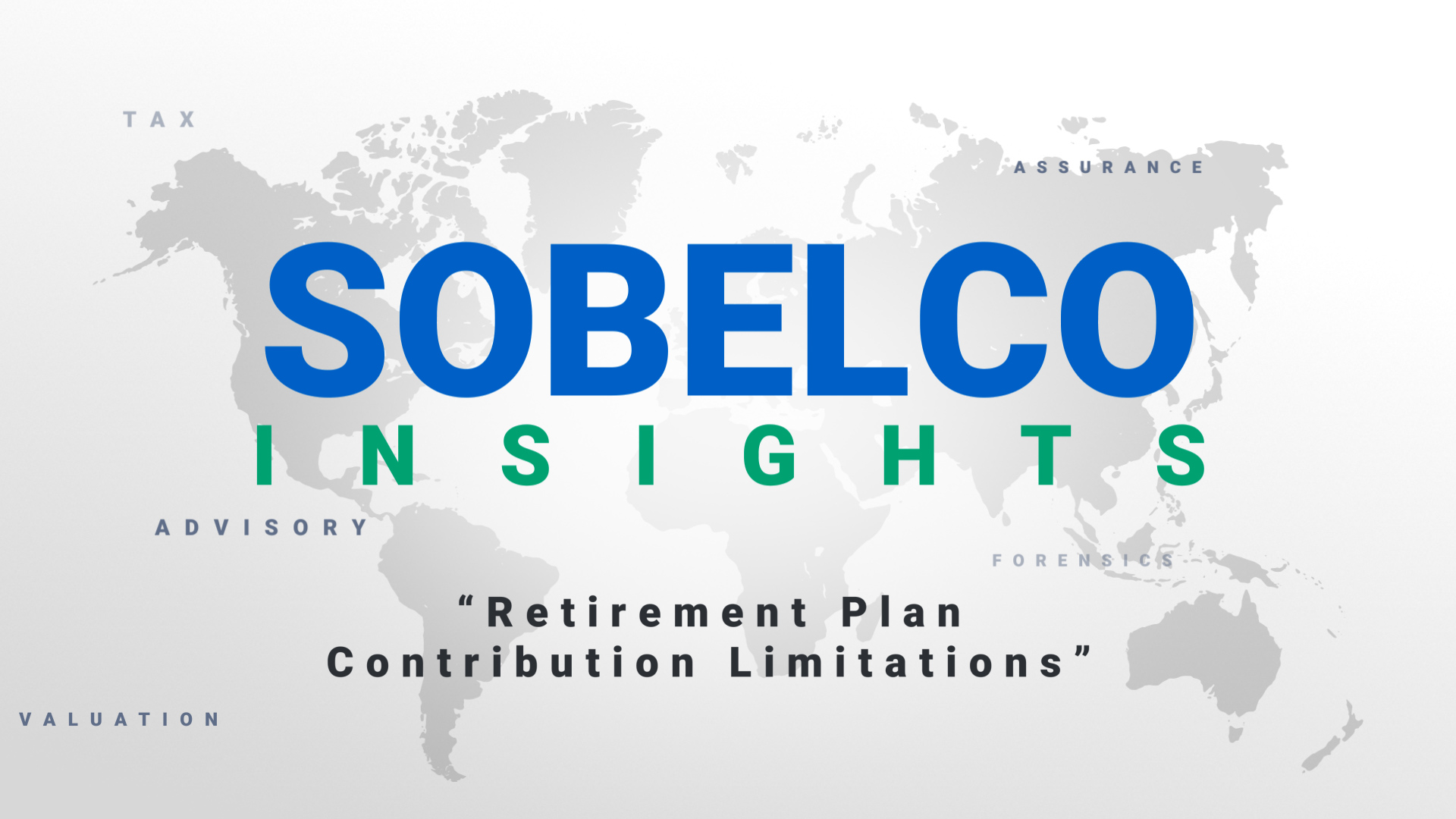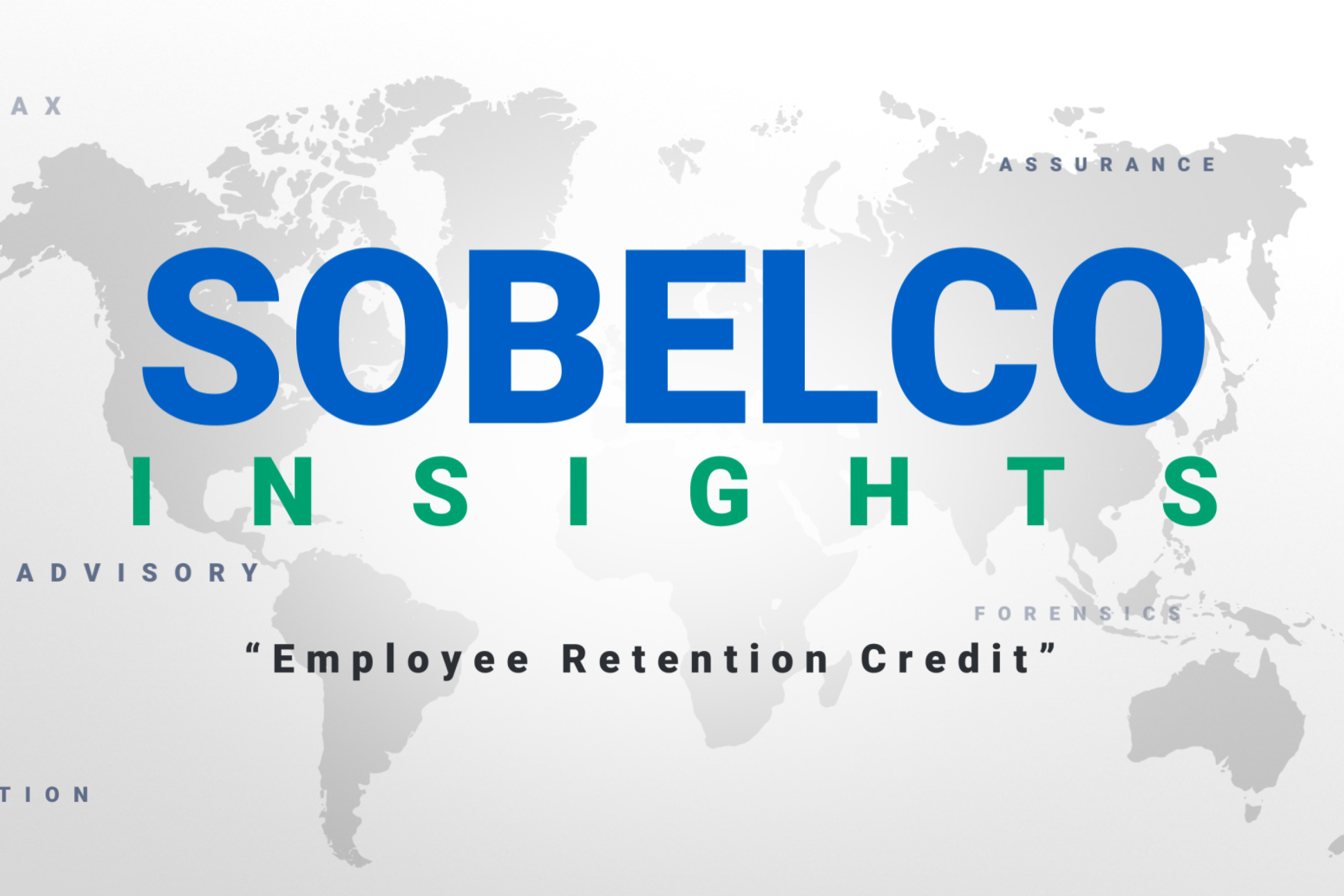
While this discussion is related to S corporations, much of it is equally applicable to other pass-through entities such as Limited Liability Companies.
An S election, where earnings are “passed through” to shareholders, has been traditionally been desirable because it eliminates the double taxation of C corporation profits that are taxed first at the corporate level and a second time when distributed to shareholders as dividends. Before the Tax Cuts and Jobs Act (“TCJA”), this “benefit” was clear, and valuation literature provided several methodologies to calculate such benefit. The provisions of the TCJA, effective January 2018, challenge this traditional assumption.
The TCJA established a flat corporate tax rate of 21% for C corporations (down from a graduated rate of up to 35%), while owners of S corporations are taxed on their portion of profits at rates ranging from 10% to 37%. The effective tax rate S corporation owners pay may be reduced by claiming the qualified business income (“QBI”) deduction. The QBI deduction allows certain S corporation owners to deduct up to 20% of their qualified business income on the personal tax return. Because of how the QBI deduction is calculated, however, not all owners of pass through entities will be able to take the full 20% QBI deduction, and some may get no deduction at all. For example, in 2020, owners of certain specified service trades or businesses do not get the deduction if their taxable income is greater than $213,300 for individuals or $426,600 for married filing jointly. For a discussion on the QBI deduction see https://sobelcollc.com/articles/new-qualified-business-income-deduction.
The impact is further complicated by the sunset provisions regarding most individual income tax changes, while the corporate rate change is perpetual. Below is a calculation of tax rates for C corporations and pass through entities for the Temporary period (through December 31, 2025) and for the Permanent period starting in 2026, given certain assumptions.
Click Here for Income Tax Rates for C corporations Chart
The tax on dividends from C-corporations, using the same assumptions, is shown below.
Click Here for Individual Dividend Tax Rates for C corporation Chart
Given the tax rate changes, the value of the single level of taxation of S corporations relative to C corporations has been reduced or even eliminated at the highest personal tax rates and for non-specified trades or businesses. If you are considering forming or terminating an S-corporation, SobelCo’s valuation and tax professionals can assist you in identifying strategic alternatives and guiding your decision to achieve the most beneficial results.


